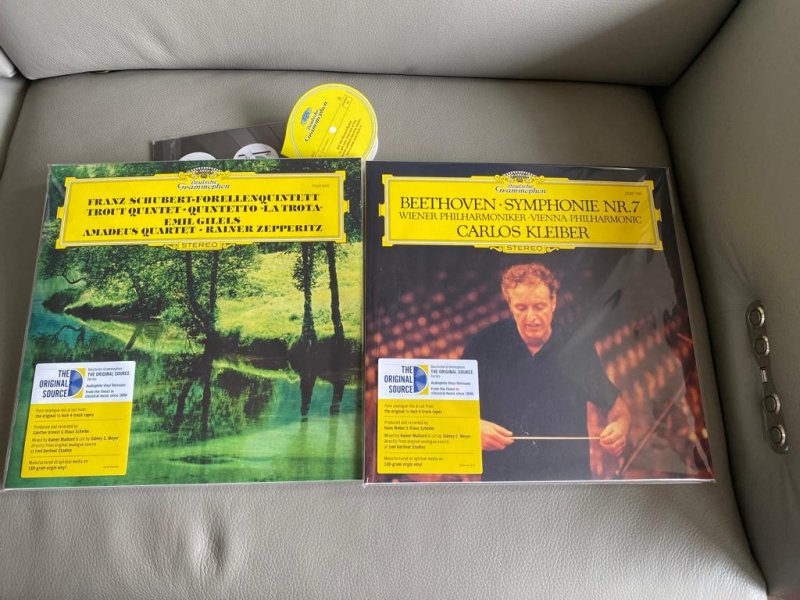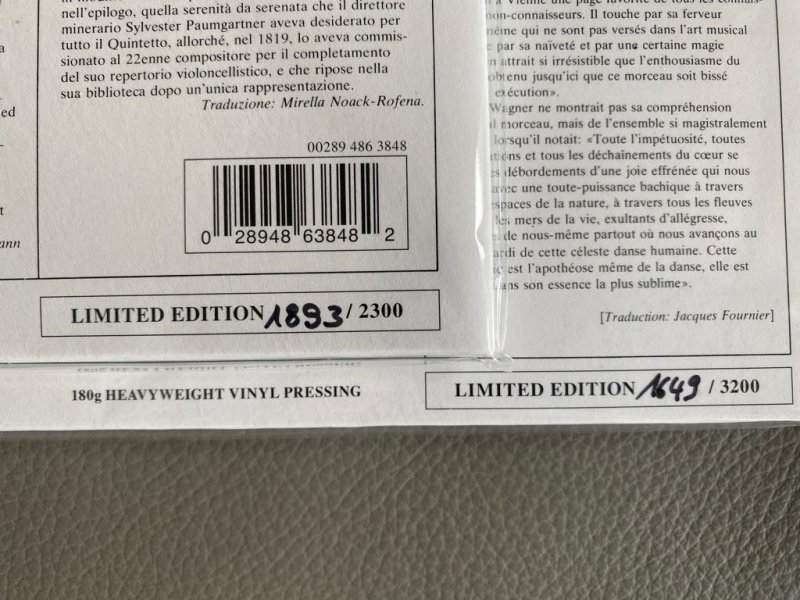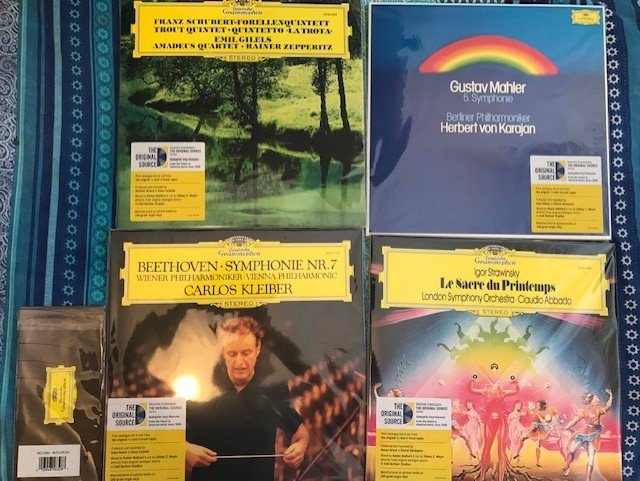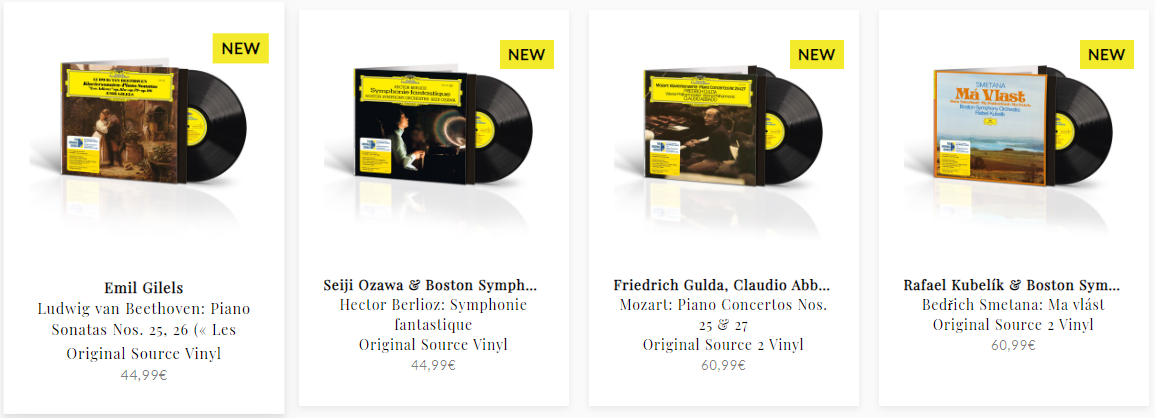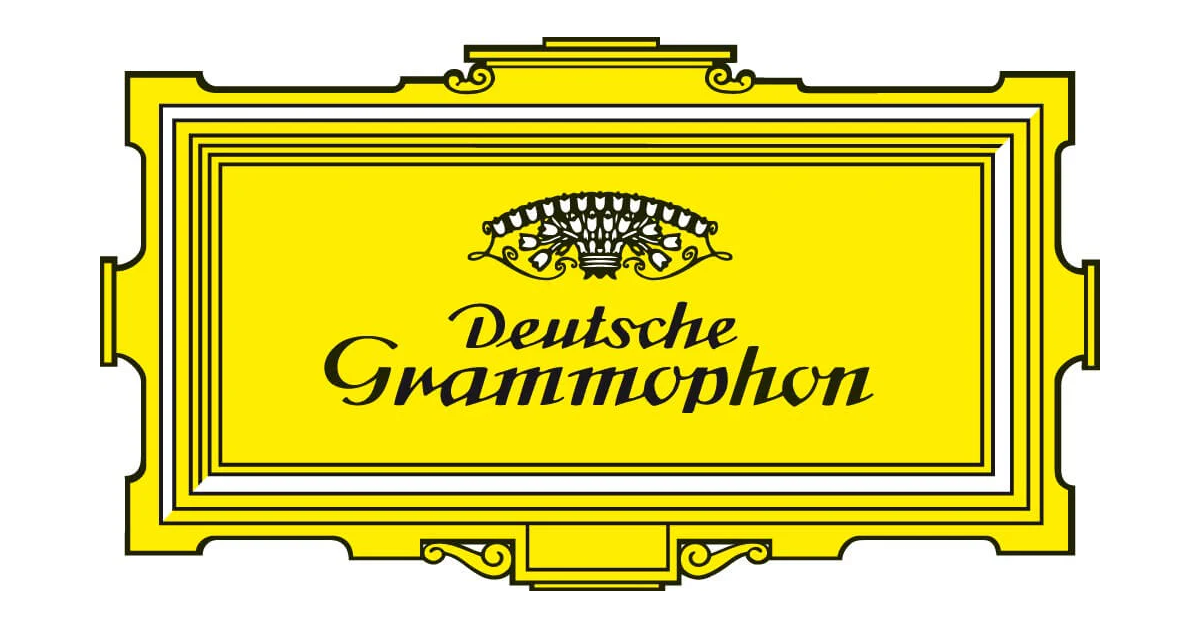[please forgive my poor English]
Regarding the AAA vs AA matter,
On
emil-berliner-studios website, which produces those DG AAA "The Original Sound" series, there seem to be a slight inconsistency though. As a vinyl beginner, I am bit lost:
First, we can read that
"100% analogue listening experience
Analog records made with analog master tapes – the Emil Berliner Studios crew uses the historic method with passion. »
Pure Analogue« indicates exclusively analog productions where the complete signal chain includes no digital conversion whatsoever, from microphone to cutting stylus." (
https://emil-berliner-studios.com/en/vinyl/pure-analogue)
So, from that point,
we, at WBF, qualify those pure analog as
AAA (not just AA).
Then, from the paragraph
Recent pure analogue releases, if you click on
More... (which, in my understanding, means
More Pure Analog, AAA, recordings)
...you get
the whole "pure analogue" catalog, into which I see nevertheless some recordings explicitly stamped 'AA' (not AAA).
I don't understand.
[UPDATE - no inconsistency at all: both AA and AAA are all analogs, see additional info by mtemur, hereafter]
EXAMPLES:
-
Bruckner #7, Haitink (tagged "Vinyl Pure Analog" and "Direct To Disc" -
link). I don't own it.
-
Hilary Hahn, Retrospective (tagged "Vinyl Pure Analog" and "Direct To Disc", at least the last side -
link) - I own it. And last but not least:
-
Brahms Symphonien 1-4, Berliner Philharmoniker, Rattle (tagged "Vinyl Pure Analog" and "Direct To Disc",
link ) - I own it, indeed tagged 'AA' on the box cover, adverstised as "direct ot disc" by Berliner Philharmoniker Recordings at the time (maybe even as pure analog,
unless I'm very much mistaken).
As an aside, I'm a bit puzzled that I was convinced this last one (Brahms) was pure analog.
In 2017, I exchanged a few emails with Felix Feustel (who in the meantime became the Head of the Berliner Philhamroniker label) as I was about to attend 2 important J-E Gardiner concerts in the Berlin Philharmony Concert Hall during the Monteverdi year (2017). I would not swear that Felix Feustel confirmed me that the Brahms set was indeed pure analog (but it is indeed Direct To Disc, recorded with 2 microphones, Blumlein array). I remember the video showing the cutting process in real time, during the concert (it was a live recording): the engineers just had to focus on fine-tuning the dynamic for the Neumann VMS80 cutting lathe (which has no embedded digital step indeed, I made a search at the time, and published a link on
Analog Planet's Comments section, but I see now that my comment has been canceled).
To my mind, it meant that the set was pure analog. I may be wrong. Anyway, that set is wonderful, with a book & pictures inside.








